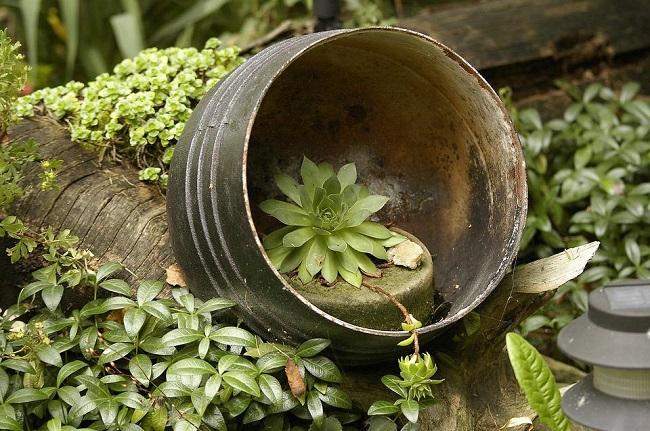Home gardens can be beautiful sanctuaries where you spend your summer and spring days- alone and with your loved ones! However, it is a process of getting your garden from where it is to where you want it to be and it can often be pretty pricey! With our pro tips and tricks though, we ensure that you get the garden of your dreams without spending a fortune! Just keep on reading:
Get to know your garden
One way to ensure that your garden looks and feels the best is by getting to know your garden before you start planning on how you want it to look! Knowing where and when the sun hits the ground in your garden will make a huge impact on the way your garden looks. The best way to do this is to observe your garden during the different times of the day- and notice how much sunlight the place gets and at what times. Another thing to include in your ‘getting to know your garden’ list is your soil. Do a soil test to figure out what kind of soil you have- its natural nutrients and what you need to add for different plants. The type of soil you have- whether acidic or alkaline- will decide what kind of plants you can healthily grow in your garden.
Include water features
One way to make your home garden stand out and make it look and feel better is by including a water feature. A water feature not only makes your garden look good, but it also has multiple health benefits. By including a water feature, you increase the number of negative ions in the air, making it fresher. Moreover, water is known for keeping the temperature cooler, which is perfect for those hot, summer days! If you get a waterfall feature, then you will also get the added benefit of the soothing, white noise of water falling. All of these will add to make your garden not only look but also feel and smell good!
Gutters for watering
If you live in an area that gets a lot of rainfall, then you have the perfect conditions to use gutter water for watering your plants. There are multiple ways to do this. The first and most used one is to collect your gutter water in a bucket/container and use that whenever required. The second method is to set up self-irrigation using your guttering system. This can be done with the help of professionals. For more knowledge on this method and how to employ it, click here. By using this method, you save water and be sustainable at the same time. Moreover, rainwater has a lot more nutrients! You can also use rainwater in your water feature and further save good water from going to waste.
Plant Native Plants
A good way to start your garden is by getting some natives in! This ensures that your garden has green plants throughout the year and looks beautiful. Planting native plants also increases local wildlife as well as boosts local and native ecosystems. If you are not looking to plant your native plants, make sure that you don’t plant any invasive species that are a threat to the local wildlife, ecosystems and plants. Also, make sure you are deadheading all your plants to ensure that they don’t die. Deadheading is the practice of removing dead flowers from your plants so that they can produce more. This also encourages your plants to put more energy and food into making the leaves and the roots stronger rather than making flowers. Avoid deadheading plants that have been grown for primarily decorative purposes.
Herbs and Vegetables
If you cook at home a lot, it is a good idea to grow herbs and vegetables in your home garden. They will not only be useful but will also make your garden smell amazing! Herbs and vegetables, though, require different conditions to grow depending on the part of the country you are in. Some of the most popular plants, for example, growing in the UK are potatoes. When planting your seeds and/or cuttings, make sure that you go for the organic alternatives if you can get your hands on them. Otherwise, store-bought works just fine. When planting your vegetables and herbs, make sure that you plant them at enough distance that they are not competing with each other for nutrients and water. It is also important to ensure that your vegetables and herbs are getting all the nutrients required via your soil and fertilisers.
Include Wildlife in your plan
When planting your perfect garden, it is important to ensure that you include wildlife in your plans. Those who are new to gardening can often see wildlife as an enemy. However, birds, bees and other native species can often be extremely helpful- birds eat pests like slugs and snails, and bees pollinate our flowers! It is a good idea to build your garden with animals and local ecosystems in mind to create a beautiful space for yourself!
